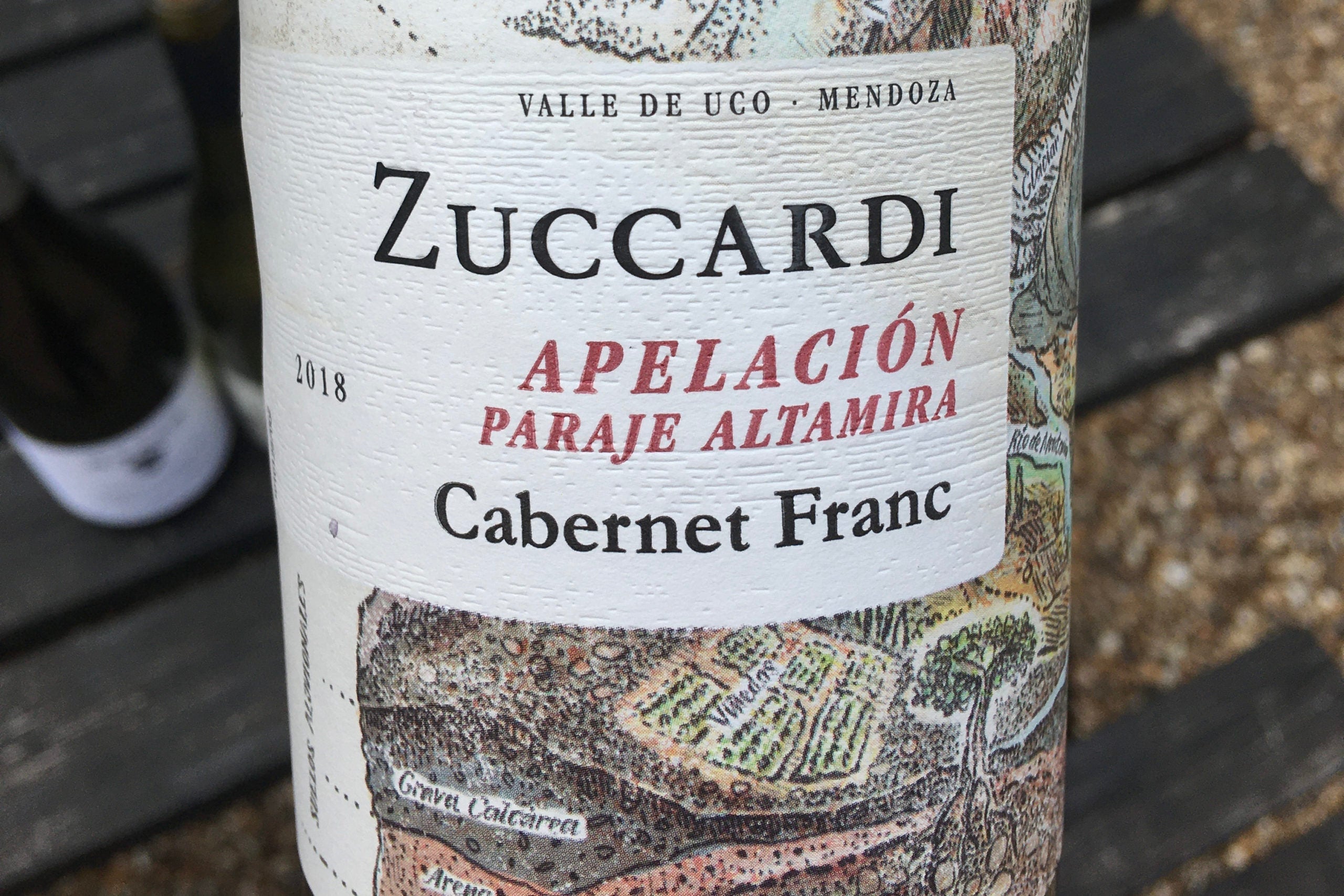| Global plantings of Cabernet Franc cover around 60,000 hectares, with just over half of these total vineyard holdings seen in France. Although the grape variety’s origins purport to Basque heritage, most will associate Cabernet Franc with one of the many grape varieties permitted in Bordeaux blends. It has a reputation for pyrazine pungency (think green bell pepper, tomato leaf and menthol) which can be unattractive if underripe. However, with warming global temperatures, Cabernet Franc is becoming more favourable in regions where it has traditionally played a supporting role. Its later ripening properties are desirable for Bordelaise producers wanting frost assurance, whilst Tuscan grape growers see it as a durable variety in both warm and erratic climate conditions. And it doesn’t stop there... |
| LOIRE VALLEY The Loire Valley in central France is Cabernet Franc’s second home after Bordeaux, making up around a quarter of total plantings worldwide. The climate here is cooler and drier than Bordeaux, with a tuffeau (limestone) soil promoting light, fresh styles which can be enjoyed slightly chilled. The most famous regions include Chinon, Bourgueil, Saint-Nicolas-de-Bourgueil and Saumur-Champigny. 2019 Lulu l’Alouette Saumur-Champigny AOC £12.99 Tasting note: Fresh and vibrant notes of blackcurrant and damson intermingle with green pepper and menthol on the nose and palate. The tannins are very fine and silky, complementing the wine’s light body, refreshing acidity and clean texture. A great alternative to Pinot Noir or Valpolicella. |
| SOUTH AFRICA Having been introduced to South Africa in the 1980s, Cabernet Franc still only makes up a tiny one percent of the country’s total 92,000 hectares of vine plantings. Warwick Estate was the first to make a single varietal expression in 1988 with other vineyards following suit. South Africa’s warm, dry climate means fruit flavours are ripe and juicy, with a lot less overt herbaceousness than the French examples. Today, it is Raats Family Wines that flies the flag for Cabernet Franc production, with a number of single varietal expressions. 2018 Raats Dolomite Cabernet Franc, Stellenbosch South Africa £13.99 Tasting note: Ripe blackberry, black cherry, cassis and a subtle mint leaf note show on the nose. The palate begins fruit forward, but evolves into a more savoury profile with earthy and spicy flavours lingering on the finish. The tannins are ripe and soft, but quite mouthcoating. Ideal for those who would usually enjoy Rhône-style blends or Beaujolais Cru but want something with a herbaceous twist. |
| ARGENTINA Plantings of Cabernet Franc in Argentina have doubled in the past decade, and now make up one percent of the country’s total 220,000 vine hectarage. With Malbec as Argentina’s flagship cultivar, it remains challenging for other black grapes to take centre stage. Despite this obstacle, Argentine Cab Francs show great potential and tend to be on the riper/plumper side of the taste spectrum. 2018 Zuccardi Apelación Paraje Altamira Cabernet Franc £16.99 Tasting note: Aromatic nose of ripe blueberry, blackberry and plum, with just a hint of blackcurrant leaf on the palate. There is an additional sweet spice richness and firm structured tannins which encase great concentration of flavour on the palate. This is a full-bodied, age-worthy wine, likely to appeal to anyone who enjoys Bordeaux style blends, Malbec or Shiraz. |
| Tasting three Cabernet Francs from different countries shows how versatile this grape variety can be. From light, fresh and fruity styles to structured, powerful and ageworthy wines, there is a Cabernet Franc out there for everyone. Katrina Smith is an award-winning wine professional with 10 years experience in the industry. She is currently studying towards the revered Master of Wine qualification whilst providing virtual educational wine services via her business Tipple Talk. |




